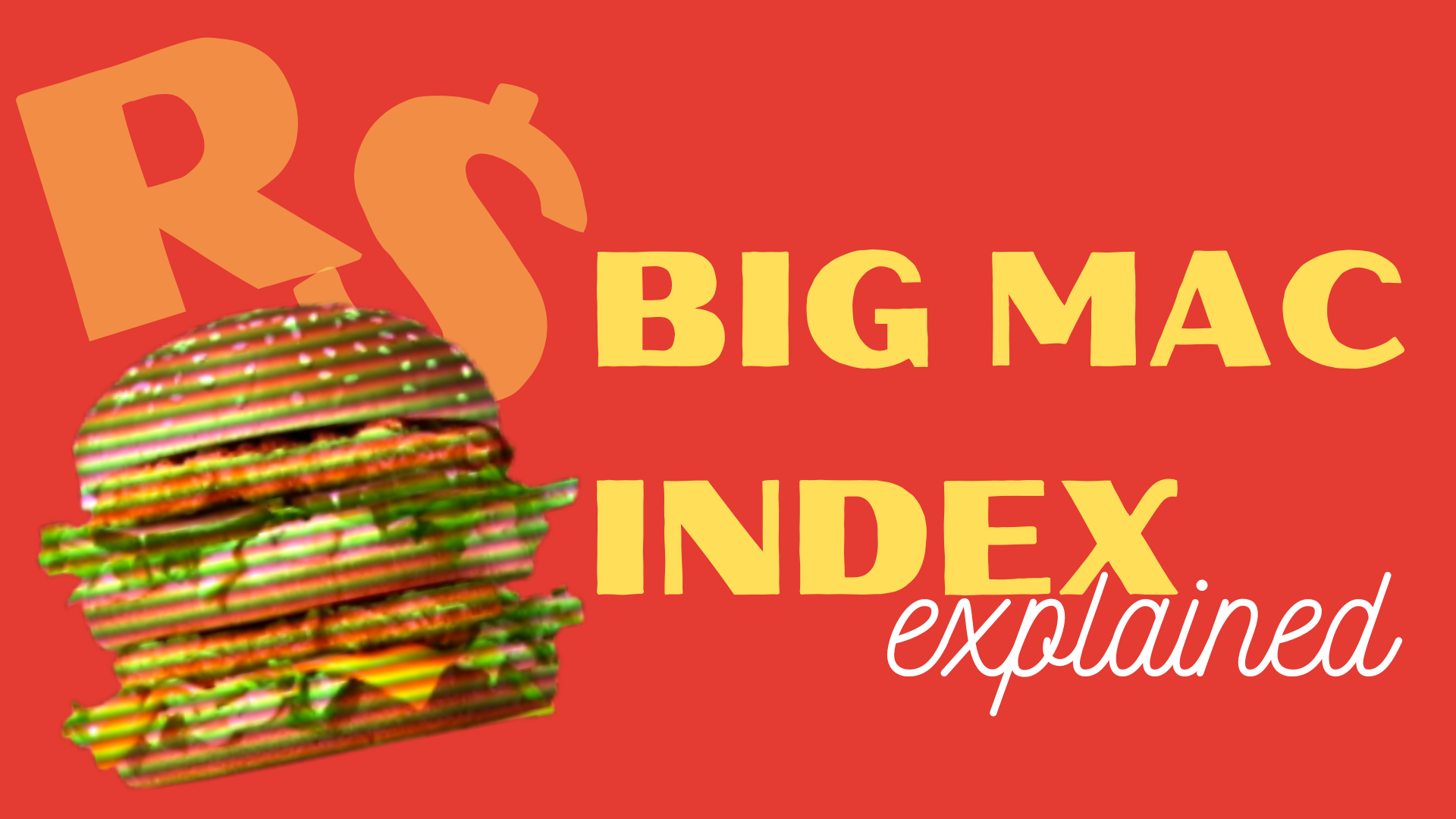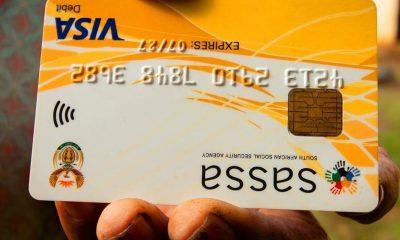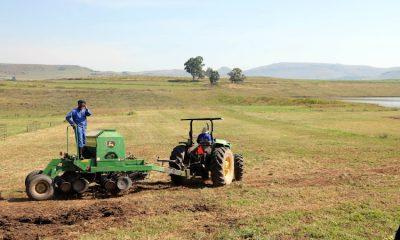Business
The Big Mac Index: A Stark Reflection of South Africa’s Economic Inequality

Economic inequality is often explored through complex graphs and numbers, but sometimes it takes something as simple as a Big Mac to highlight the depth of income disparity. The Big Mac Index, a global measure of purchasing power parity, reveals more about South Africa’s economic situation than most economic reports ever could.
The Minimum Wage Disparity
South Africa’s minimum wage is currently R27.58 per hour, significantly lower than the United States’ $7.25 per hour (R136.70). On the surface, this wage gap may seem justifiable given the differences between the two economies. However, when we introduce the Big Mac into the conversation, the disparity becomes glaringly obvious.
In the US, a Big Mac Meal costs approximately $8 (R160). In South Africa, it costs R60 (roughly $3). While this may appear to be a win for the South African consumer, the reality is far more sobering.
How Long Do Workers Need to Work for a Big Mac?
An American worker earning minimum wage can afford a Big Mac Meal in just over one hour of work. In contrast, a minimum-wage worker in South Africa needs to work for 2.2 hours to afford the same meal. Despite the lower cost of the Big Mac in South Africa, the minimum wage is so low that workers must work far longer to afford basic items.
This issue extends beyond hamburgers and points to the broader challenges of economic sustainability. If it takes hours of labour just to afford a meal, how can workers afford essential needs like rent, healthcare, and education?
A False Sense of Affordability
South Africans are often told that the cost of living is lower compared to developed countries. However, the Big Mac Index sheds light on a harsh reality: affordability is not as straightforward as it seems. Even if goods and services appear cheaper in South Africa, the average worker’s earning power is so low that basic items are out of reach without considerable sacrifice.
An American worker earning minimum wage can buy the same meal three times over in just three hours, leaving them with disposable income for other needs. In South Africa, the same worker would need to work nearly seven hours to afford that same meal, leaving little room for other essentials.
The Uncomfortable Truth: An Unsustainable Economy
The heart of the issue lies in the gap between wages and the cost of living. South Africa’s minimum wage, despite annual adjustments, remains far below what is required for a decent quality of life. This is compounded by high unemployment, economic inequality, and a sluggish economy recovering from the legacies of apartheid and corruption.
Developed countries, such as the US, offer minimum wages that, although still debated, allow workers to cover their basic needs with greater ease. In South Africa, the gap between income and living costs keeps millions trapped in poverty, and the wealth gap continues to widen each year.
The Need for a Living Wage
The Big Mac Index may seem like an insignificant measure, but its implications are profound. It highlights a critical need for economic reform in South Africa. A “living wage,” which reflects the actual cost of living, is no longer optional – it is a necessity.
Government bodies, labour unions, and employers must collaborate to address this issue. Raising the minimum wage isn’t just an economic concern; it’s about restoring dignity to South Africans and ensuring that workers can afford more than just the bare minimum after a day’s work.
The Big Mac may be small, but it tells a much larger story about South Africa’s economic struggles. Until these disparities are addressed, South Africa will continue to be one of the most unequal countries in the world.
Follow Joburg ETC on Facebook, Twitter , TikTok and Instagram
For more News in Johannesburg, visit joburgetc.com



















